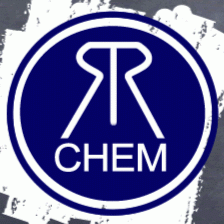How can I calculate the rates and order in the following reaction? H2 + I2 = 2 HI
1 Answer
You don't have enough information!
You would need to have the order of each of the reactants, which is determined through the analysis of empirical (experimental) data - holding the concentration of one of the reactants constant while monitoring the effect that a change in concentration of the other has on overall rate. I would assume for this problem, you would have to have this data, in a series of at least three trials, to establish these values.
Assuming you do have the data, the rate law is set up in the following way:
rate = k{
If we are to solve for m first, select two trials to compare in which the iodine concentration is held constant, and just monitor what happens to the change in hydrogen concentration. Fill in your rate and concentrations for the rate law for these two trials and set the one with the larger values in the numerator and the one with the lower values in the denominator. Everything should divide out to one, except the rate and the hydrogen concentration. You will have to solve for the exponent m by dividing the log of the rate by the log of the hydrogen concentration. This should be a value of 1 (i.e. first order).
Do the same for n (the iodine concentration) by selecting trials in which the rate changes due to iodine concentration with the hydrogen concentration constant.
The overall order of a reaction is the sum of the individual orders, so you can total the value of the rate law exponents (which I believe should equal 2!)

